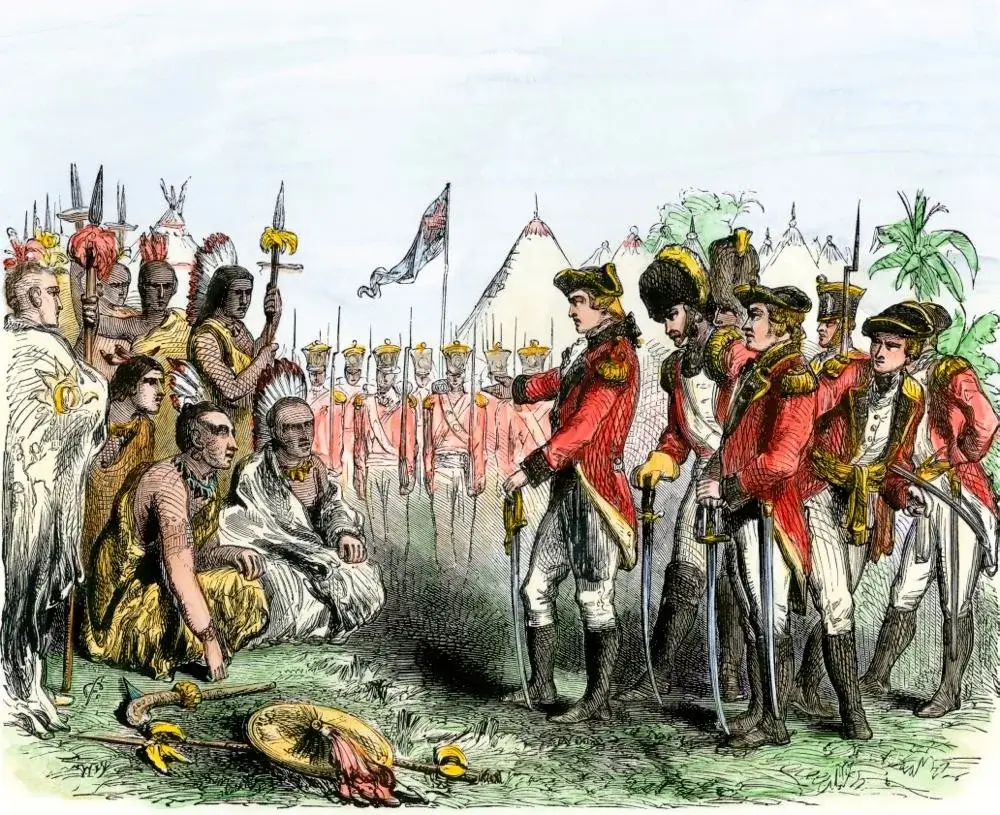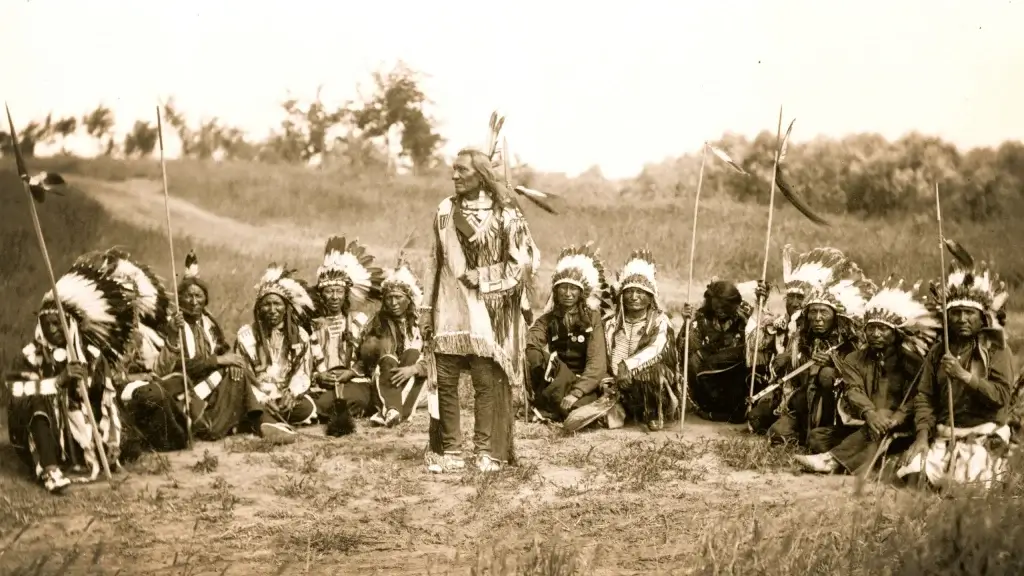The Philosophic and Political Implications of Land Ownership Dispute Between First Settlers and Indigenous Peoples

antonfoek
Amsterdam, February 10th, 2025 – As the early settlers arrived on what is now the territory of the United States, they were met with vast landscapes that were already home to thriving indigenous communities. These native tribes, including various Indian nations and Aboriginal peoples, had lived in harmony with the land for millennia, guided by a profound connection to nature and a communal way of life. However, as settlers encroached upon these territories, a contentious and complex dispute over land ownership arose—a dispute that continues to resonate through the philosophical and political fabric of the nation.
The Philosophical Perspective: Land as a Living Entity
For indigenous peoples, the land was not a mere commodity to be bought and sold; it was a living entity, imbued with spiritual significance and cultural heritage. Their relationship with the land was characterized by stewardship, where the land provided sustenance and, in return, was respected and nurtured. The notion of private ownership was alien, as the land was seen as a shared resource, belonging to all members of the community and future generations.
On the other hand, settlers brought with them a European concept of land ownership, where land was viewed as property that could be claimed, divided, and traded. This starkly different perspective led to an inherent conflict. The settlers’ efforts to “purchase” land from indigenous peoples were met with confusion and resistance. To the native tribes, the idea of selling the land was as absurd as selling the air or the rivers. It raised fundamental questions about the legitimacy of imposing one culture’s legal and economic structures onto another.

The Political Ramifications: Sovereignty and Rights
Politically, this dispute over land ownership has had far-reaching implications. The U.S. government’s attempts to acquire indigenous lands often involved treaties that were frequently broken, leading to displacement, loss of livelihood, and cultural erosion for many native communities. These actions were not just a matter of legal maneuvering but were rooted in a deeper struggle over sovereignty and the recognition of indigenous rights.
The refusal of indigenous peoples to acknowledge the government’s claims of land ownership was a powerful assertion of their sovereignty. It was a declaration that they were self-governing nations with their own laws, traditions, and territories. This assertion challenged the very foundations of the U.S. government’s authority and its expansionist agenda.
In modern times, the legacy of these disputes continues to influence the relationship between the U.S. government and indigenous nations. Efforts to address historical injustices have led to the recognition of certain indigenous land rights, but the path to true reconciliation remains fraught with challenges.
Conclusion: Bridging Worlds
The land ownership dispute between early settlers and indigenous peoples is more than a historical anecdote; it is a profound lesson in the clash of worldviews and the importance of respecting cultural diversity. It calls for a deeper understanding of different philosophies of land and ownership, and the need for political systems that honor the rights and sovereignty of all peoples.
As we look to the future, there is an opportunity to bridge these worlds through dialogue, respect, and collaboration. By acknowledging the wisdom of indigenous traditions and recognizing their rightful place in the history and future of the land, we can strive towards a more just and harmonious society—one that honors the sacred bond between people and the Earth.
What are your thoughts on the implications of this historical dispute?

